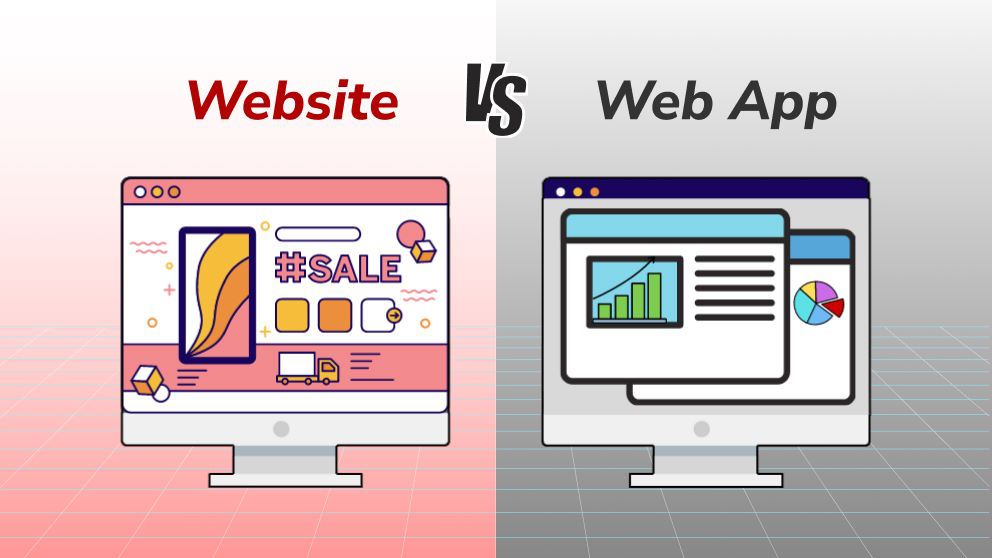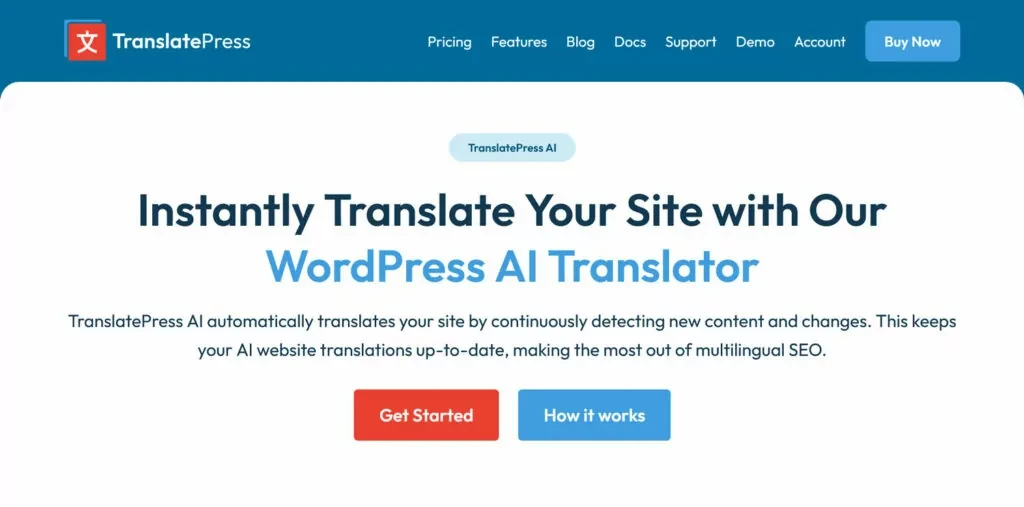In today’s globalized world, having a strong online presence is essential for businesses looking to reach customers beyond their local market. One of the most effective ways to expand your reach and connect with international customers is by translating your website into different languages. By making your website accessible to a wider audience, you can increase traffic, engagement, and ultimately, sales.
Why Translate Your Website?
There are several compelling reasons why translating your website is a smart business move. Firstly, it allows you to connect with customers who speak different languages, making it easier for them to navigate your site and understand your products or services. This can lead to increased trust and credibility among international audiences, ultimately driving more conversions.
Secondly, translating your website can help improve your search engine optimization (SEO) efforts. By targeting keywords in multiple languages, you can attract traffic from different regions and improve your website’s visibility in international search engines. This can result in higher rankings and more organic traffic, giving your business a competitive edge in global markets.
Choosing the Right Languages
When deciding which languages to translate your website into, it’s important to consider your target audience and market. Researching the languages spoken in your target countries can help you determine which languages will have the greatest impact on your business. Additionally, you may want to prioritize languages that are spoken by a large number of internet users or have high purchasing power.
In some cases, translating your website into just one or two languages may be sufficient to reach a significant portion of your target audience. However, if you’re looking to expand into multiple markets, it may be beneficial to translate your website into several languages to maximize your reach and impact.
Working with Professional Translators
When it comes to translating your website, accuracy and quality are key. Working with professional translators who are native speakers of the target language can help ensure that your content is accurately translated and culturally appropriate for your international audience. Professional translators can also help you avoid common pitfalls such as literal translations or cultural misunderstandings that can negatively impact your brand reputation.
Additionally, professional translators can help you localize your website content, taking into account cultural nuances, idioms, and preferences that may vary across different regions. This can make your website more relatable and appealing to international customers, enhancing their overall user experience and increasing the likelihood of conversions.
Implementing Multilingual Features
Once you have translated your website content, it’s important to implement multilingual features that make it easy for international users to navigate your site. This may include adding language switchers, flags, or dropdown menus that allow users to easily switch between different language versions of your website.
It’s also important to ensure that the layout and design of your website are responsive to different languages. This may involve testing your website’s functionality in different languages to ensure that text displays correctly, images are localized, and buttons are appropriately labeled for international users.
Measuring Success and Iterating
After translating your website and implementing multilingual features, it’s important to track the impact of these changes on your business. Monitoring key performance indicators such as traffic, engagement, and conversions can help you evaluate the effectiveness of your multilingual efforts and make data-driven decisions to optimize your website for international customers.
Additionally, gathering feedback from international users can provide valuable insights into their preferences, behaviors, and needs. This feedback can help you identify areas for improvement and iterate on your website translation strategy to better meet the needs of your international audience.
Conclusion
Translating your website for international customers is a strategic investment that can help you expand your reach, improve your SEO efforts, and enhance your user experience. By working with professional translators, implementing multilingual features, and measuring success, you can effectively connect with international customers and drive business growth in global markets. Don’t miss out on the opportunity to reach a wider audience – start translating your website today!



